Coronavirus: How countries around the world have dealt with a ‘second wave’ of COVID-19
As Australia faces a resurgence of coronavirus, this is how countries around the world – from China to Germany – have handled the threat of a ‘second wave’.
AS Australia faces the grim reality of a second wave of coronavirus infections, many other countries have met a similar fate.
Cases have surged in Victoria since lockdown measures began to ease, with the state recording a record daily rise of more than 190 cases yesterday.
The growing number of infections prompted Premier Daniel Andrews to announce a six-week statewide lockdown and sparked fears that Australia’s economic recovery from the pandemic could be stalled.
“Australia’s success depends on Victoria’s success and stemming the tide of these new cases and getting it under control,” Federal Treasurer Josh Frydenberg said on Monday.
But this worrying event is not being experienced by Australia alone. There are other countries, where a second wave of COVID-19 has hit, after the initial outbreak was seemingly under control.
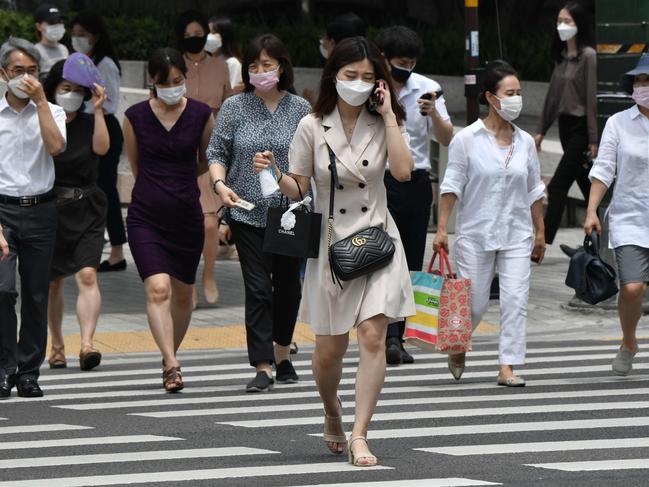
SOUTH KOREA
After battling the first major coronavirus epidemic outside China, South Korea managed to reduce the rates of daily infections to single digits by late April, propelled by an intensive tracking and testing campaign.
But just as social distancing rules were eased in May, a series of small outbreaks erupted from nightclubs, retailer warehouses, churches and door-to- door sales businesses, prompting the government to declare the beginning of a “second wave” of infections.
South Korea’s COVID-19 infections have now topped 13,000, with 285 deaths. South Korea’s President Moon Jae-in expressed concerns about the persistent infections ahead of the summer holiday season, calling for strict steps to prevent the virus.
“I hope it will give a breathing room for the domestic tourism industry and chances to rest and recharge for the people,” Moon said last month.
“We need everyone’s co-operation in ensuring watertight virus prevention measures in tourist sites and spreading a safe travel and play culture,” he said, urging people to stagger breaks and avoid crowded attractions.
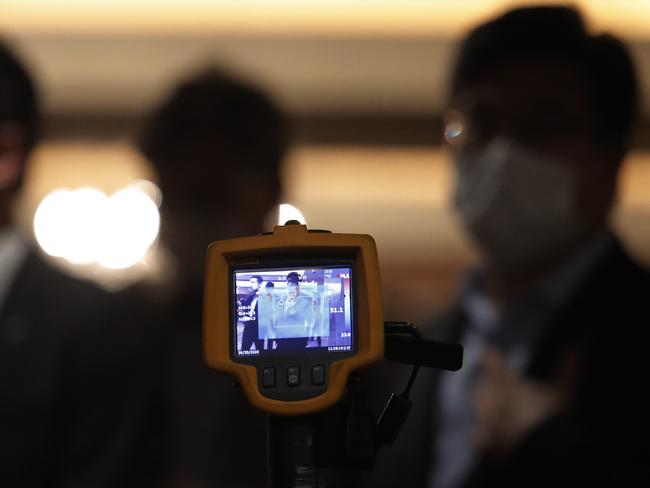
MORE NEWS
Harry and Meghan take a swipe at ‘uncomfortable’ past
Vitus death toll rises as economy sinks
The Voice star’s ‘eerie’ COVID-19 flight
SINGAPORE
Singapore appeared to have excelled in controlling its coronavirus outbreak and even had the World Health Organisation singing praise for its response.
The country had a pandemic response plan prepared, established a network of respiratory illness-specific health clinics, hospitalised confirmed COVID-19 cases until they were free of the virus, and authorities powered through contract tracing. It’s coronavirus curve was flattening.
But in April, four months after Singapore’s first case was detected, things began to deteriorate rapidly and the country was hit with a record daily rise of more than 1400 COVID-19 cases late in the month.
The growing number of cases were largely attributed to migrant workers living in cramped dormitories. The second wave sparked a “circuit breaker” lockdown in early April. Many workplaces were shuttered, schools were closed and the government banned all forms of public and private gatherings. Singapore’s Ministry of Health also distributed reusable face masks to all residents with registered home addresses.
In early June, the government announced it would ease its coronavirus lockdown in three stages with the timing depended on case numbers.
Critical and low-risk economic activities would resume first, with more social activities allowed in the second, while all restrictions would be eased in the third phase.
On June 19, the government announced it would start phase two of its national reopening.
Singapore recorded 183 new COVID-19 cases on Monday.
The country has recorded at least 44,980 COVID-19 infections since March, and 26 people have died.
CHINA
Second wave fears hit the Chinese capital of Beijing after a man with no history of recent travel tested positive for COVID-19 in early June. It ended the city’s 55-day run of no local transmissions.
Authorities believed he or a close-contact was infected at the sprawling Xinfadi Agricultural Wholesale Market. A test at the produce market reportedly found the coronavirus on a number of surfaces, including a cutting board.
The outbreak led to at least 328 new cases and officials raced to reintroduce coronavirus restrictions. Some residential compounds were locked down, all schools were closed and hundreds of flights were cancelled.
There were also concerns that the new outbreak could be a more contagious strain of the coronavirus, and authorities directed those who had close contact with an infected person to self-quarantine for 28 days.
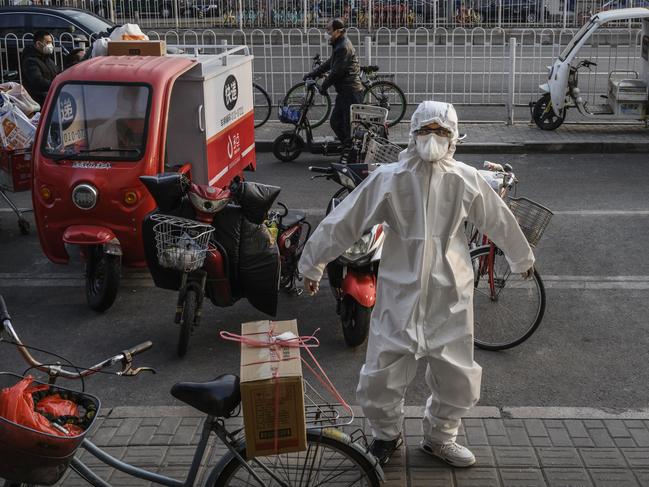

However, Beijing now looks to have its second wave under control. On Tuesday, it recorded no new COVID-19 infections for the first time in almost a month.
“Beijing has set a clear example that China will ward off a new wave of infections — domestic or imported — through a prompt and refined epidemic control response,” Director of Infectious Diseases at Shanghai’s Huashan Hospital, Zhang Wenhong told state broadcaster CCTV in early June.
China has recorded at least 83,560 COVID-19 cases since late January and more than 4600 people have died, with the majority in the Hubei province where the virus emerged.
ISRAEL
Israel’s Health Minister Yuli Edelstein said the country was facing a second coronavirus wave after nearly 1000 new cases were confirmed on Sunday — a record daily rise for the country.
In a bid to stall the increasing caseload, the government has since ordered the closure of bars, gyms, nightclubs, swimming pools and event halls, all of which had reopened in recent weeks. The move also means restaurants can only seat 20 people inside and 30 outside, while buses would be capped at 20 passengers. The new measures are yet to be signed off by the Israeli parliament.
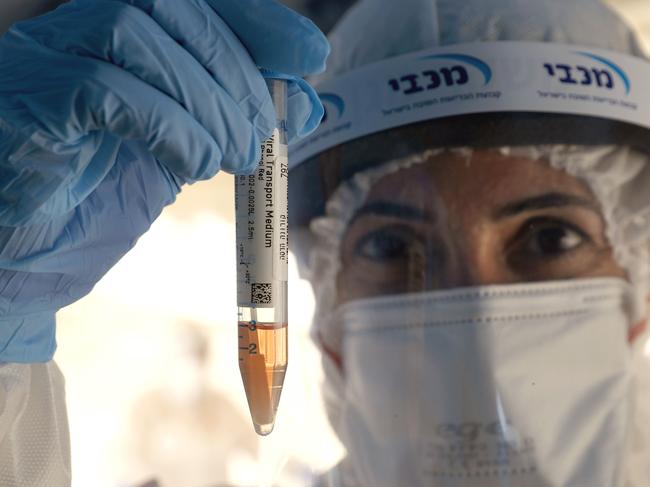
At least 30,000 people have also reportedly been ordered into quarantine since last Thursday after the country’s domestic security agency recommenced contact tracing.
Prime Minister Benjamin Netanyahu has urged Israelis to continue wearing masks and to respect social distancing measures.
“If we do not act now, we will have hundreds, and perhaps over 1000, severe cases in the coming weeks, which will paralyse our systems,” Mr Netanyahu said.
Israel has recorded at least 30,700 COVID-19 cases since late February and more than 330 people have died from the virus.
IRAN
Iran has struggled to contain COVID-19 since it reported its first cases in the Shiite holy city of Qom in late February, with a mounting death toll and daily infections.
Official figures have shown a rising trajectory in new confirmed cases since early May, when Iran hit a near two-month low in daily recorded infections, prompting reports that a “second wave” of COVID-19 had hit.
There has been scepticism about Iran’s official figures, amid concerns the actual toll could be much higher than the 240,000-plus infections and more than 11,000 deaths that have been reported.

Officials, however, repeatedly denied the upward trend amounts to a formalised “second wave”. “The coronavirus is currently peaking in border provinces or cities which did not experience a peak in the first months of the outbreak,” health ministry spokeswoman Sima Sadat Lari said.
“Therefore, we’re still witnessing the first wave in the country,” she said, quoted by state news agency IRNA. Lari said Iran would only have a second wave if there was another rise in cases in provinces that “had a significant peak” when the first cases were declared.
Authorities have so far refrained from enforcing full lockdowns to stop the pandemic’s spread and the use of masks and protective equipment has been optional in most areas.
Iran closed schools, cancelled public events and banned movement between its 31 provinces in March, but the government gradually lifted restrictions from April to try to reopen its sanctions-hit economy.
The increasing virus caseload has seen some previously largely unscathed provinces classified as “red” — the highest level on Iran’s colour-coded risk scale — with authorities allowed to reimpose restrictive measures if required.
They include Bushehr, Hormozgan, Kermanshah, Khuzestan, Khorasan Razavi, Kurdistan, and West and East Azerbaijan, all located along Iran’s borders.
SERBIA
Serbia made masks compulsory on public transport and in closed spaces in the capital Belgrade as the country battles a second wave of coronavirus infections.
After reining in its first outbreak of COVID-19 in early May, the Balkan state reported a fresh surge in COVID-19, logging more than 200 infections daily, compared to around 50 a month ago. The spike came after Serbia rapidly shed its lockdown measures to allow mass gatherings such as sporting events and national elections to go ahead in June.
Reported infections increased markedly since the 21 June election, with several top officials recently testing positive.
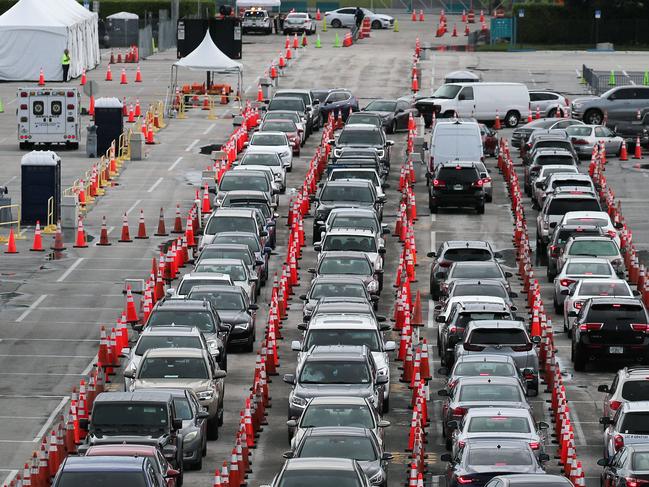
Starting on 30 June, “the use of masks on public transport and in all closed spaces is obligatory in Belgrade, without any exception,” the government said in a statement.
Masks are also be mandatory inside malls, restaurants, gyms, night clubs and other closed areas, it added.
The move came as epidemiologist Predrag Kon, part of a team managing the health crisis, warned last week the situation in the capital “is again threatening”.
A growing outbreak has also been reported in the southwest city of Novi Pazar. Serbia was recently in the spotlight for allowing its tennis star Novak Djokovic to host a regional tournament that started in Belgrade in mid-June before a slew of COVID-19 infections forced organisers to cut it short.
Djokovic himself tested positive for the virus as did three other tennis players who participated in the Adria tour, which was cancelled during its second leg in Croatia.
Since March, the Serbian government has reported more than 14,200 COVID-19 infections and 274 deaths.
GERMANY
The coronavirus pandemic is far from over in Germany, as regional outbreaks gave rise to fears of a “second wave”.
German authorities introduced renewed lockdown measures in a western region of about 500,000 people after 1300 slaughterhouse workers tested positive for COVID-19, in an attempt to prevent the outbreak from spreading even further across the country.
German Chancellor Angela Merkel said that getting Europe’s economy back on track is her primary goal as Germany took over the rotating European Union presidency, but stressed that everyone shared a “joint responsibility” in following social distancing, mask and hygiene rules as lockdown rules were relaxed.
Despite the measures to contain the deadly disease from spreading, Germany has recorded more than 198,000 coronavirus infections and only around 9092 deaths, with more than 182,000 recoveries overall.
